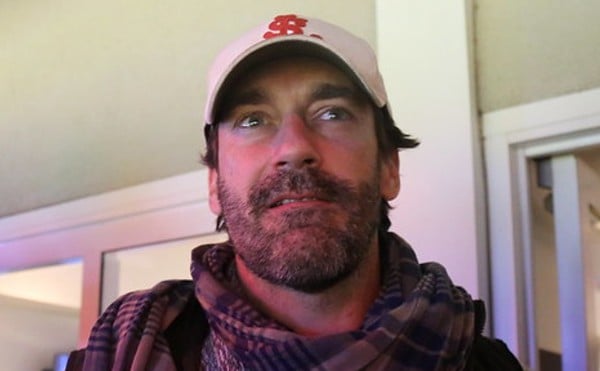It would also be a shame if our present crisis caused readers to overlook a very fine piece of history, Standing on a Volcano: The Life and Times of David Rowland Francis by Harper Barnes, which is just now being published by the Missouri Historical Society Press and celebrated at two local readings.
Standing on a Volcano will probably be filed under "Local History," because Francis was both mayor of St. Louis and governor of Missouri, though in fact the book has a grand, international sweep and scope. Not only did Francis preside over the 1904 World's Fair, he also served actively as U.S. ambassador to Russia during the stormy Bolshevik uprising that would create the Soviet Union.
This adds up to quite a story, and it is remarkable that it has remained largely untold until now. Barnes, a former editor at the Post-Dispatch who still contributes to that paper, was approached to write this book by one of Francis' descendants. What began as a commission soon became a passion as Barnes came to understand what a major story he had on his hands.
The biographer proved equal to the tale, as the reader learns abruptly in the prologue, a page-turner that hinges on the image of Francis guarding the door of the U.S. Embassy in Petrograd, pistol in hand. Barnes has previously tried his hand at fiction (in Blue Monday, a mystery set in 1930s Kansas City), and his novelist's knack for detail and narrative gallop serve him well in this episode, which will be the cornerstone of his public readings from Standing on a Volcano.
Barnes does not always approach his subject as a novelist, though. He also keeps in mind that his publisher is a historical society and that the book would provide the principal historical record of one of this state's grandest figures. For the sake of the record, he includes a depth of detail that will not interest all readers at all times, and some judicious skimming is advised for readers to make the most of the biography's 447 pages.
A final shortcoming emerges from habits Barnes established over many years of writing for a daily paper. At times, the narrative jumps to short paragraphs that befit a column or feature in a daily paper but look awkward in the pages of a book, distracting from the coherence and flow of the narrative.
Overall, though, Barnes deserves applause for plugging a gap in the historical record and wrestling a major story into print in a graceful and accessible style. Join the crowd at one of the local readings and lend him a hand. Needless to say, the television, with its dreadful breaking news, will be there when you get back, and you will leave the reading (and put down this book) strengthened to remember that the world -- and St. Louisans -- have weathered amazing, dangerous situations before.





